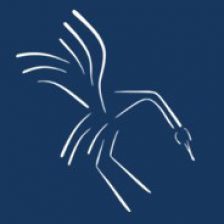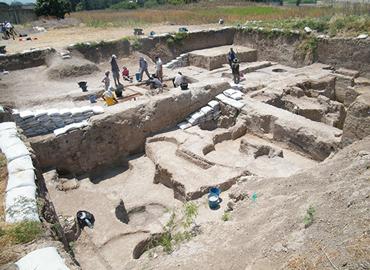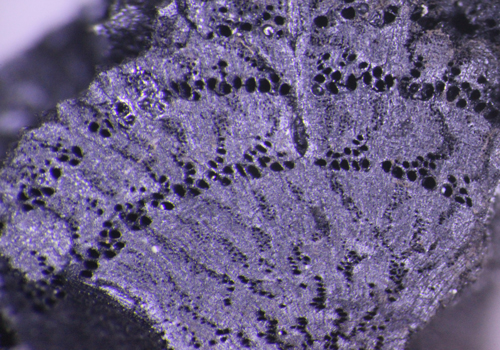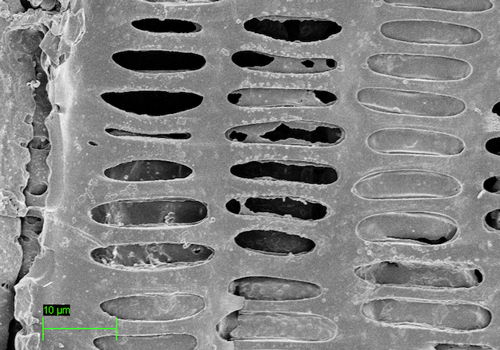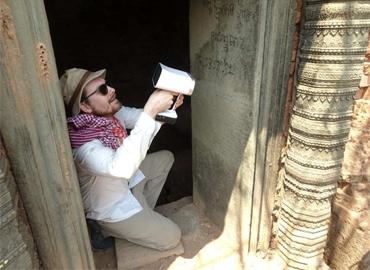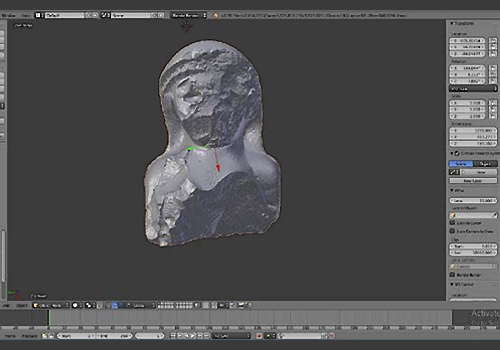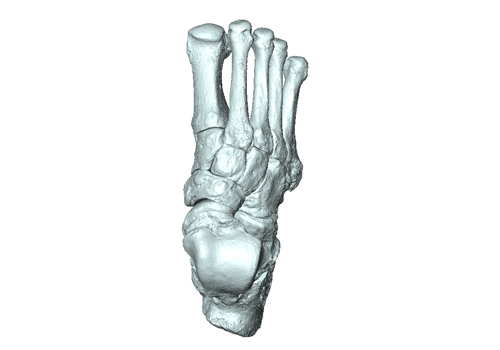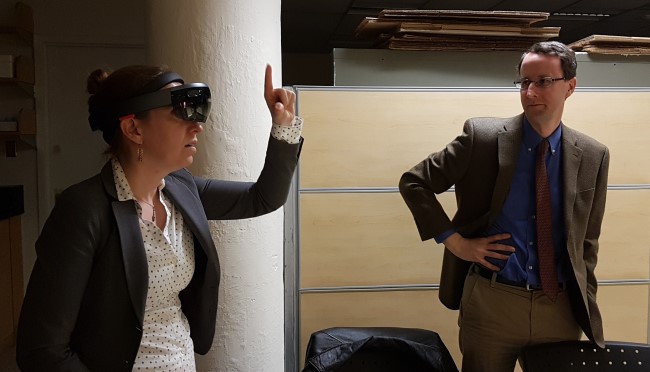I am pleased to announce the recent promotion of Dr. Miller Prosser (effective September 1, 2020) to the position of Associate Director of Digital Studies in the Division of the Humanities at the University of Chicago. In this role, Miller will be overseeing the new Digital Studies of Language, Culture and History (DIGS) degree program and teaching two courses as part of its core curriculum: “Data Management for the Humanities” and “Data Publication for the Humanities.”
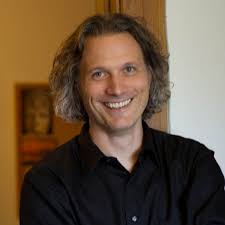
While Miller will no longer be based in the Oriental Institute, his new role includes providing computational support to Humanities-based research projects, and so he will remain affiliated with the OCHRE Data Service and will continue to provide consultation and support to our OCHRE projects. Going forward, the OCHRE Data Service will establish strong ties to the Digital Studies program, offering opportunities for internships or research project participation for the students enrolled in DIGS.
Miller has been a valued colleague for over 9 years and I am grateful for the high-quality, dedicated, and friendly service that he has provided to our client projects, enabling the OCHRE enterprise to thrive. Practically speaking, if you are accustomed to addressing your OCHRE questions or support requests to Miller, please continue to do so but also copy me, as is our usual practice.
I am sure you will join me in congratulating Miller on this well-deserved recognition, and wishing him success as he takes on new responsibilities.
All the best to you all,
Sandra Schloen
OCHRE Service Data Manager, University of Chicago
